Highest 2 Lowest
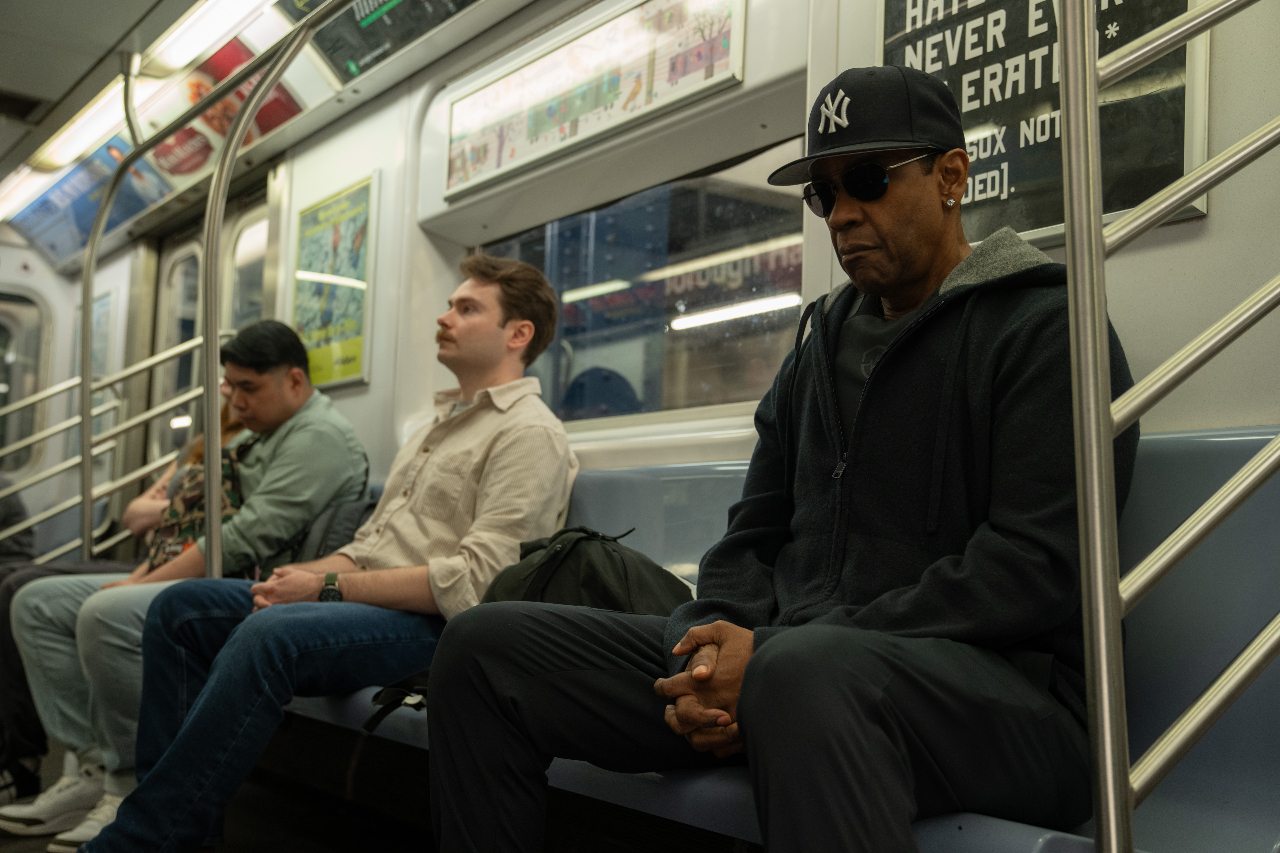
Directed with his characteristic verve and defiance, Spike Lee’s Highest 2 Lowest begins as a crime thriller, only to crack open into something far more singular. While it channels the moral and narrative blueprint of Kurosawa’s High and Low (1963), Lee’s reinterpretation bristles with anger, swagger and restless energy, straddling the line between polemic and pulp.
From the outset, the film belongs to legendary hip-hop artist turned record label mogul David King (Denzel Washington) – known as King, or King David – whose towering penthouse looms over the East River. It’s visually arresting, though far more conventional than Gondo’s hilltop villa in Kurosawa’s original. The moral architecture is altogether different; the dynamic between King and his driver, Paul Christopher (Jeffrey Wright), moves beyond the original’s master-servant framework, with Lee turning his gaze instead towards the realities of upward mobility. As with Kurosawa, Lee makes verticality a visual and thematic motif – from gleaming high-rises to an underground recording studio buried deep beneath the city, where King ultimately comes face to face with Yung Felony (A$AP Rocky), an aspiring rapper whose presence crackles with both defiance and desperation.
With a mistaken-identity kidnapping, a corporate reckoning and a descent into the city’s underbelly, Highest 2 Lowest echoes the structure and moral weight of Kurosawa’s High and Low (1963). But where Kurosawa offered austere precision, Lee turns up the heat with a soundtrack that fuses classical compositions with contemporary hip-hop and dialogue that crackles with wit, fury and irreverence. The cinematography is kinetic – often dizzyingly so – swooping from rooftop vistas to subterranean recording studios at a feverish pace.
Lee borrows Kurosawa’s precision and his gift for transforming systemic injustice into taut, cinematic suspense – but the soul of the film is unmistakably his own: loud, brash and politically unflinching. This is a work that stares unflinchingly at America’s racial and economic fault lines – and demands that its audience do the same. If it occasionally buckles under the weight of its own ideas, it does so out of ambition, not excess. In the end, Highest 2 Lowest is a bracing, timely piece of cinema: angry, astute and unafraid to point the finger – even when it’s holding up a mirror.
Christina Yang
Highest 2 Lowest does not have a release date yet.
Read more reviews from our Cannes Film Festival coverage here.
For further information about the event visit the Cannes Film Festival website here.
Watch the trailer for Highest 2 Lowest here:

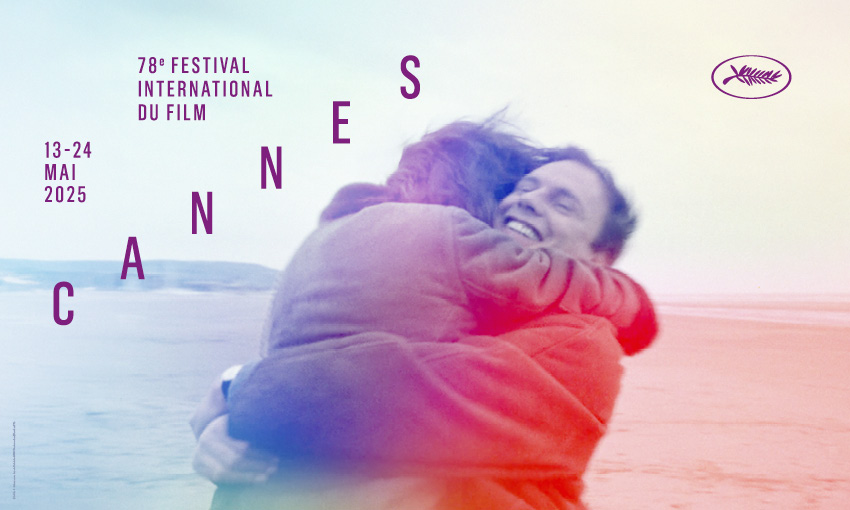
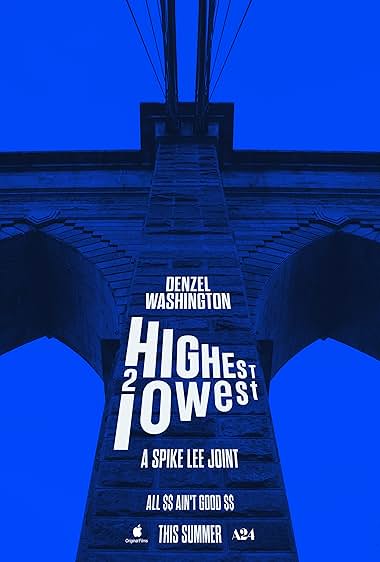
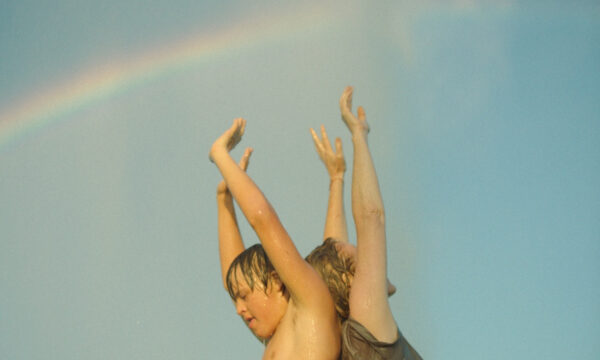
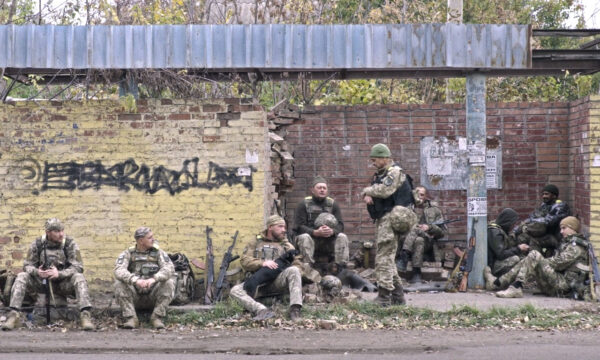

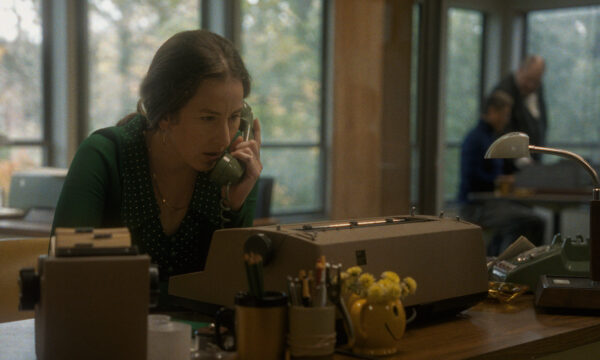


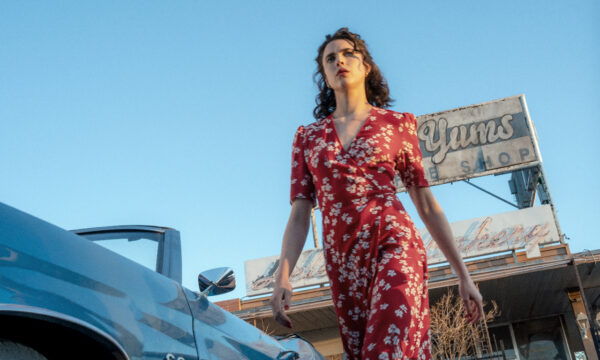
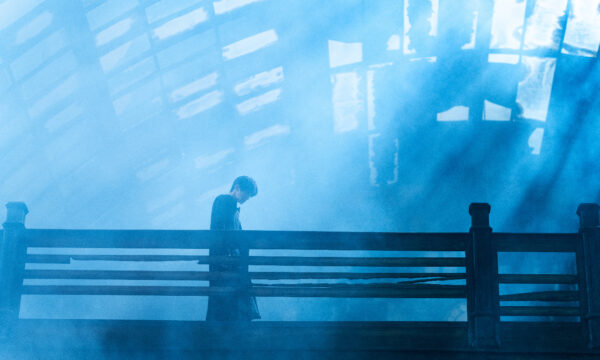
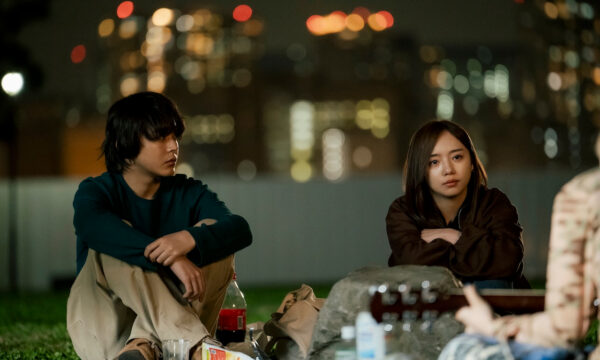











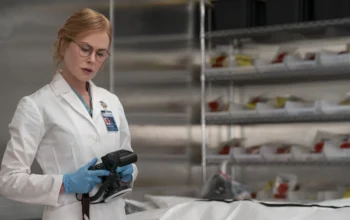


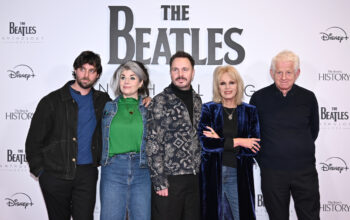
Facebook
Twitter
Instagram
YouTube
RSS